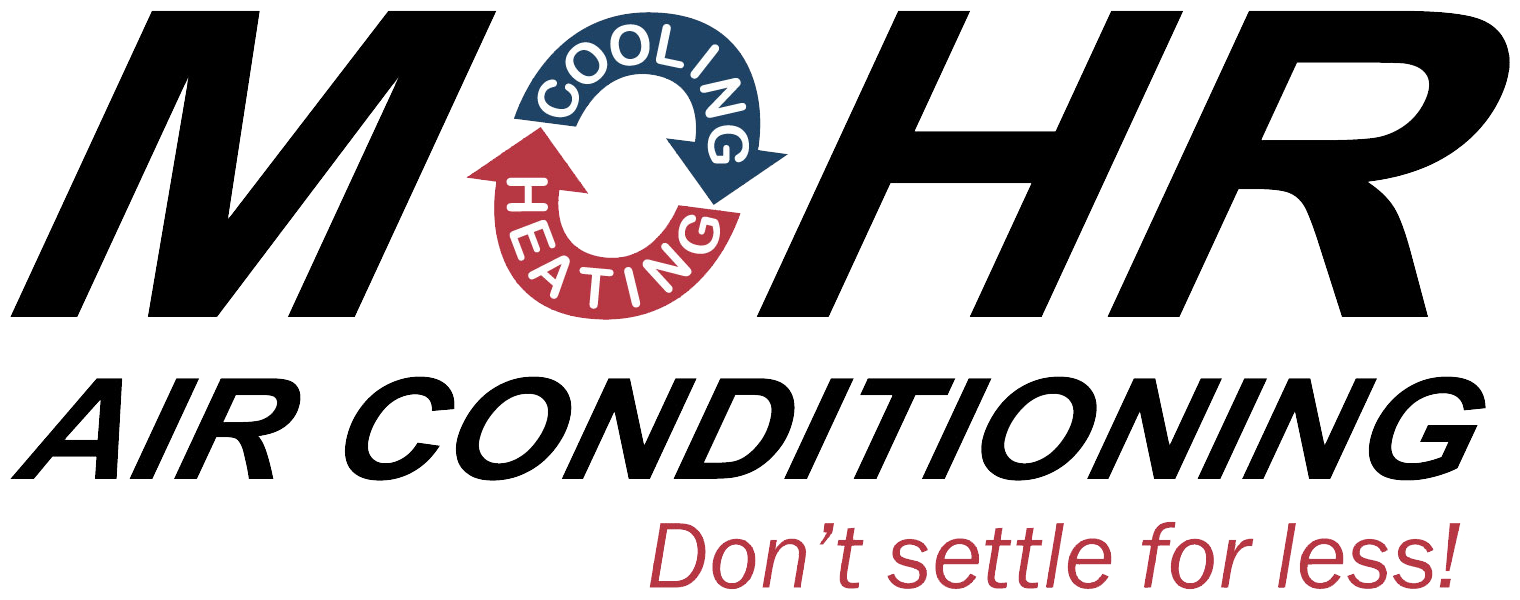Everything You Need to Know About a Cracked Heat Exchanger

March 05, 2021
At Mohr, we harp on and on about pre-season tune-ups. Preventative maintenance not only keeps your home running through the harshest weather conditions but also allows technicians to catch signs of deteriorating components. There probably isn't a better reason to follow through with these literally life-saving services than to take care of your furnace’s heat exchanger. Here's everything you need to know about a failing heat exchanger.
What Is a Heat Exchanger?
When it’s below freezing out and you need to heat your home, the cool air inside will make way to warm air from your furnace. That is only if your heat exchanger is working properly. A functioning heat exchanger uses natural gas or fuel to heat its metal tubes. Air moves through your system and is heated by the hot metal.
The gas that moves through the tubing, providing the actual heat, is a by-product of the fuel's chemical combustion. In other words, the gas in your heat exchanger is dangerous if leaked into your home. Gas in your furnace is typically contained and safely directed outside, but if your heat exchanger has a crack, you and your family are very likely to breathe toxic gasses.
Causes & Signs of Damaged Heat Exchanger
If you don’t schedule regular maintenance for your furnace, you’re more like to experience problems with your heat exchanger.
For instance, working your furnace too hard can quickly deteriorate its components. A furnace that overheats forces the heat exchanger to expand and contract at a higher rate and higher temperatures. Additionally, a lack of airflow stresses your exchanger. You can prevent your system from overheating by taking care of its components and changing the air filter.
If you’re not sure whether your heat exchanger is in good shape or not, you can look for the following issues that occur from a crack in an exchanger:
- Visual indicators that there are cracks on your furnace’s components
- Soot around the unit
- Strong smell similar to the scent of formaldehyde
- Water around the base of the unit
- Physical symptoms like headaches or flu-like symptoms
Any one of the above signs warrants an immediate call to Mohr. Turn off your system and wait until the official diagnosis to turn it back on again.
Confirming a Cracked Heat Exchanger
It takes careful assessment to determine if your heat exchanger is the problem. Of course, if it’s leaking carbon monoxide, your CO detector will go off. It is critical that you keep your CO detector up to date with fresh batteries. These are life-saving monitors.
Additionally, a large crack will interfere with the furnace’s flame, either causing it to go out or flicker excessively.
You should not try to find leaks and cracks using water, cameras, or any smoking tool. Our team can tell you honestly whether or not your heat exchanger is failing, and if that’s the case, we’ll replace it for you. Cracked heat exchangers have to be removed and replace. On the other hand, if it has cracked due to the system's age, it might be time for a new furnace.

